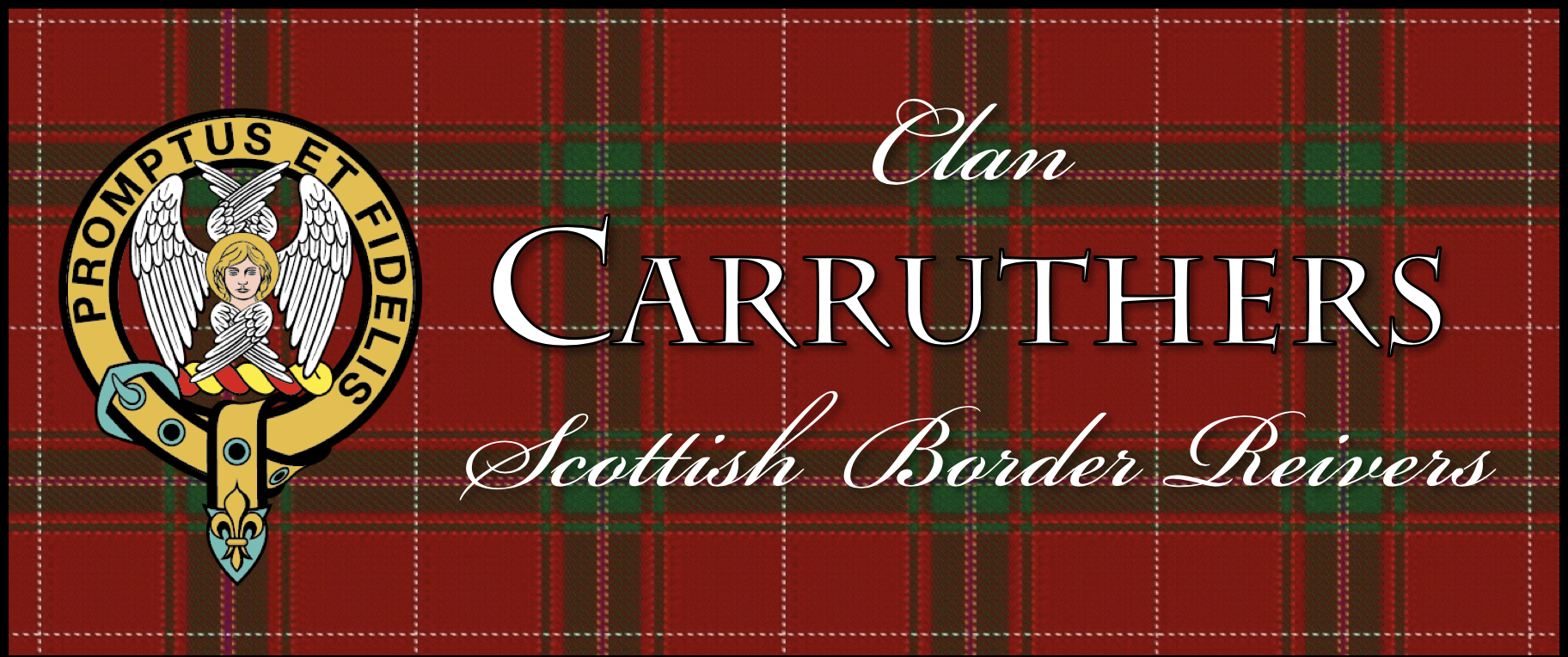The Battle of Erkinholme was fought on the 1st of May, 1455.
Red Douglas. Black Douglas
(Supporters of James II) (Rebel forces)
George Douglas Archibald Douglas,
4th Earl of Angus Earl of Moray
Hugh Douglas
Laird of Johnston. Earl of Ormonde
John Douglas
Lord of Balvenie
The Battle of Erkinholme is more commonly referred to as the Battle of Arkinholm, albeit it’s known by some as the Battle of Langholm, primarily because it was fought where the town of Langholm now stands.
More accurately, the battle was fought on the outskirts of present day Langholm, opposite the lower return of a distinctive Z-shaped bend in the river Esk, which flows through the town, at least according to The Royal Commission on the Ancient and Historical Monuments and Constructions of Scotland.
The battle is noteworthy for having pitched two sides of the Douglas family at each other’s throats, but then again, that sort of thing wasn’t so unusual in mediaeval Scotland or elsewhere, for that matter. Even within our own family of a Carruthers fights between our own houses of Holmains and Dormont come to mind.
Although a small action, involving only a few hundred troops, it was the decisive battle in civil war between the king and the Black Douglases, the most powerful aristocratic family in the country. As the king’s supporters won it was a significant step in the struggle to establish a relatively strong centralised monarchy in Scotland during the late Middle Ages.
The two sides of Douglas were known as the ‘red’ and the ‘black’. The Chiefly line as they say, of the Douglases was the ‘black’ line, represented by the Earls of Douglas, whereas the ‘red’ line was represented by the Earls of Angus.
Both branches were descended through bastardy, with the Earl of Douglas descending from Archibald ‘the Grim’, an illegitimate son of Sir James Douglas, and the Earl of Angus stemming from an illegitimate child of William, the 1st Earl of Douglas. That made the main protagonists in the conflict at Erkinholme third cousins so, despite the name, the family ties weren’t that close.
There is some uncertainty about the leadership of the royal army. By some accounts it was led by George Douglas, 4th Earl of Angus, head of the Red Douglas family, a senior aristocrat, and third cousin to the Earl of Douglas.However other accounts describe it as a force of local Border families, Johnstones, Carruthers, Maxwell’s and Scotts, who had previously been dominated by the Black Douglases but now rebelled against them.
They were reputedly led by the Laird John Johnstone of Johnstone in Annandale, who succeeded his father 1455. The Carruthers Chief at the time would have been
The ensuing Battle of Arkinholm, involved only a few hundred troops on either side, but it was a definitive defeat for the Black Douglas brothers. Archibald Douglas, the Earl of Moray, was killed in the battle and his head was presented to the King. Hugh Douglas, the Earl of Ormonde, was captured and executed shortly afterwards, but John Douglas, Lord of Balvenie, escaped to England, there to join the 9th Earl.
After the battle the Douglas, Earl of Angus (Red Douglas) was awarded the Douglas Lordship of the Black Douglas, along with the original possessions of his ancestors in Douglasdale.
Thomas Carruthers, the 2nd son of John Carruthers the 3rd Laird of Holmains, received a charter for the lands of Corry on 23 July 1484, for his services at the Battle of Arkinholm. The lands of Corry were forfeited from George Corry for implication of him in the Albany-Douglas invasion
Clan Status: Last Chief. Died
Douglas Armigerous Archibald Douglas, 1st Duke. 1761
Johnston Official. Lord Patrick Hope-Johnstone
Scott. Official Richard Scott, Duke of Baccleuch
Maxwell. Armigerous William Maxwell of Carruchan 1863
Carruthers Armigerous John Carruthers of Holmains. 1807

